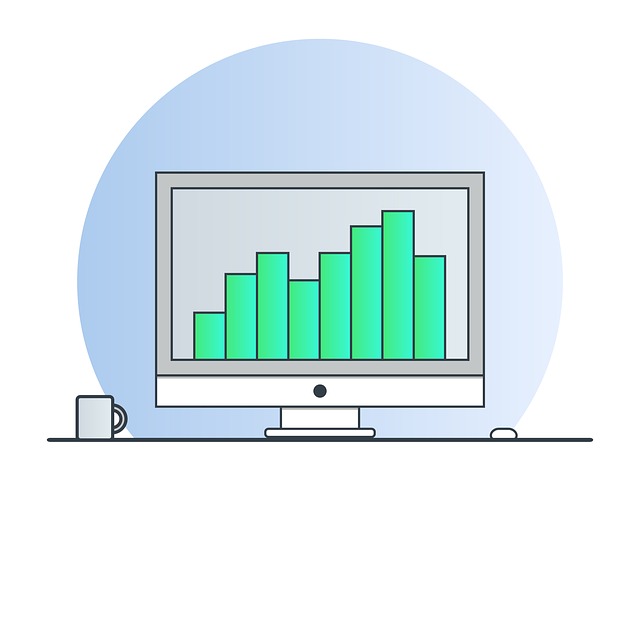The digital space is a competitive arena where seconds can determine success or failure. A sluggish website can deter users, reduce engagement, and lower conversion rates. This article examines the role of PageSpeed in SEO and its broader implications for business growth. From understanding the principles of website performance to implementing practical solutions, this comprehensive guide emphasizes why every fraction of a second matters in the online realm.
The Impact of PageSpeed on User Experience
PageSpeed directly affects user satisfaction. Studies reveal that a delay of just one second in page load time can reduce customer satisfaction by 16%. When users encounter a slow-loading website, their likelihood of abandoning the site increases significantly, negatively impacting dwell time and engagement metrics.
Google prioritizes websites offering a seamless user experience, and speed plays a pivotal role in achieving that. Pages that load quickly foster trust and encourage users to explore further, whereas slower websites face increased bounce rates.
Key Insights into User Expectations:
- Bounce Rate Correlation: Websites taking over three seconds to load experience an average bounce rate of 40%.
- Mobile Responsiveness: With mobile devices accounting for over 60% of global web traffic, optimizing for mobile PageSpeed is paramount.
Table 1 below highlights how PageSpeed influences user engagement:
| Load Time (Seconds) | Bounce Rate (%) | User Retention (%) |
| 0-2 | 9 | 91 |
| 3-5 | 38 | 62 |
| 6-10 | 70 | 30 |
By aligning PageSpeed with user expectations, businesses can reduce bounce rates, improve engagement, and create a positive first impression.
PageSpeed and Search Engine Rankings
PageSpeed became an official Google ranking factor in 2010, further emphasized with the “Speed Update” in 2018. Websites that load quickly are favored by Google’s algorithm, as speed enhances accessibility and usability.
How PageSpeed Influences Search Rankings:
- Crawl Efficiency: Search engines allocate limited crawl budgets to websites. Faster pages enable more efficient crawling and indexing, improving visibility.
- Core Web Vitals: Metrics such as Largest Contentful Paint (LCP), First Input Delay (FID), and Cumulative Layout Shift (CLS) measure user-centric aspects of performance. Google evaluates these metrics to determine ranking potential.
- Mobile-First Indexing: Given the shift to mobile-first indexing, websites with optimized mobile PageSpeed outperform those lagging behind.
Table 2 illustrates the correlation between PageSpeed metrics and search rankings:
| Metric | Optimal Threshold | Impact on SEO |
| LCP | <2.5 seconds | High |
| FID | <100 ms | Moderate |
| CLS | <0.1 | Moderate |
Conversion Rates and Revenue: The Financial Case for Speed
PageSpeed isn’t just a technical metric—it directly affects a business’s bottom line. Faster websites generate higher conversion rates, driving revenue growth.
Evidence Linking Speed and Conversions:
- Amazon Study: A 100-millisecond delay costs Amazon 1% in sales.
- Retail Insights: 79% of online shoppers who experience slow performance are less likely to return.
By prioritizing PageSpeed optimization, businesses create frictionless experiences that drive customer loyalty and improve lifetime value.
Diagnosing and Improving PageSpeed
Optimizing PageSpeed begins with diagnosing performance bottlenecks. Tools like Google PageSpeed Insights and GTmetrix offer detailed reports, highlighting areas for improvement.
Common Issues Affecting PageSpeed:
- Unoptimized Images: Large image files increase load times.
- Render-Blocking Resources: JavaScript and CSS delays hinder the rendering process.
- Server Response Times: Slow hosting environments affect overall performance.
Table 3 outlines actionable strategies to address these challenges:
| Issue | Solution | Benefit |
| Unoptimized Images | Compress images using WebP format | Faster load times |
| Render-Blocking Resources | Minify and defer JavaScript/CSS | Improved render speed |
| Server Response Times | Upgrade to a content delivery network (CDN) | Reduced latency |
By implementing these optimizations, businesses can achieve noticeable improvements in their PageSpeed metrics.
PageSpeed and Local SEO
Local businesses targeting nearby customers can benefit immensely from optimized PageSpeed. Google’s local search algorithm emphasizes usability, rewarding websites with superior performance.
For example, businesses in competitive markets like Montreal must prioritize speed to stay ahead. Partnering with an experienced agency, such as Agence SEO Montréal, ensures tailored strategies for achieving measurable improvements.
Whether it’s optimizing for mobile users or implementing schema markup, PageSpeed improvements enhance local visibility and drive foot traffic.
How to Measure and Monitor PageSpeed Progress
Tracking progress is essential to maintaining optimized performance. Regular audits using reliable tools ensure websites stay compliant with evolving benchmarks.
Recommended Tools for Monitoring:
- Google Lighthouse: Comprehensive audits for performance, accessibility, and SEO.
- Pingdom: Simplifies monitoring with easy-to-read reports.
- WebPageTest: Offers detailed insights into load times and bottlenecks.
These tools allow businesses to identify emerging issues and address them proactively, ensuring consistent performance.
Conclusion
PageSpeed is integral to successful SEO strategies, influencing user experience, search rankings, and revenue. By addressing technical inefficiencies and embracing performance-enhancing practices, businesses can achieve sustained growth in an increasingly competitive market.
Investing in PageSpeed optimization is more than a technical requirement—it’s a commitment to delivering value and excellence to users. Whether you’re a local business in Montreal or a global enterprise, prioritizing performance ensures long-term success in the digital space.

